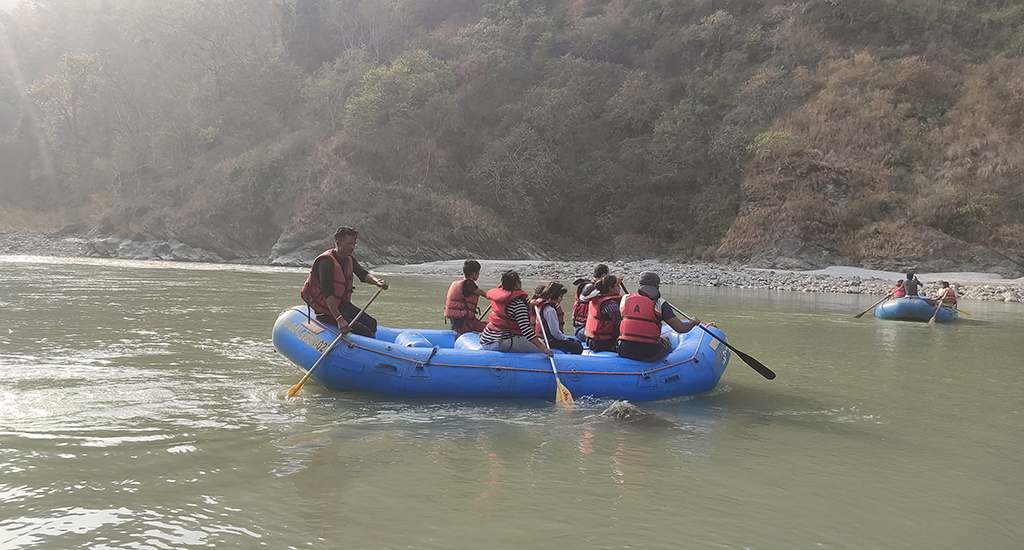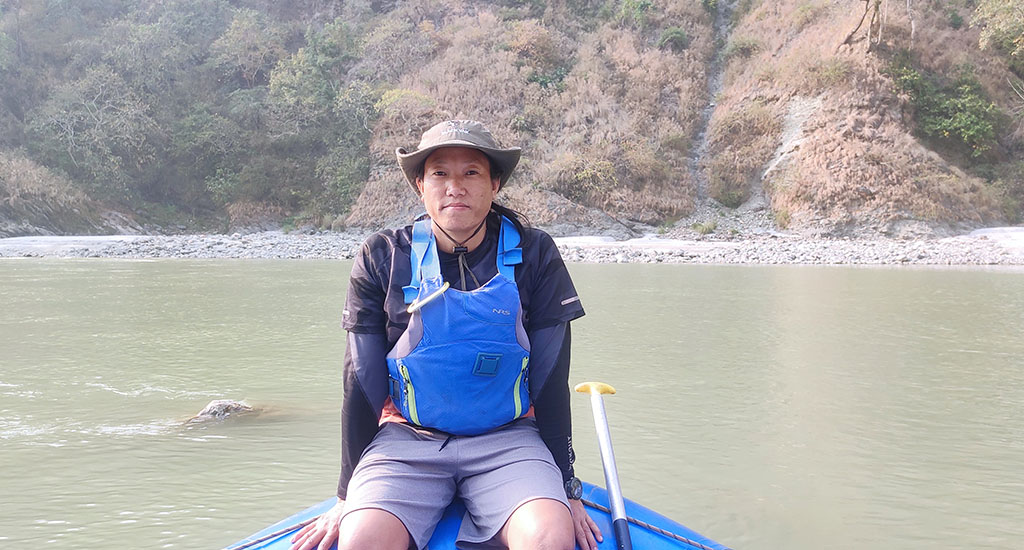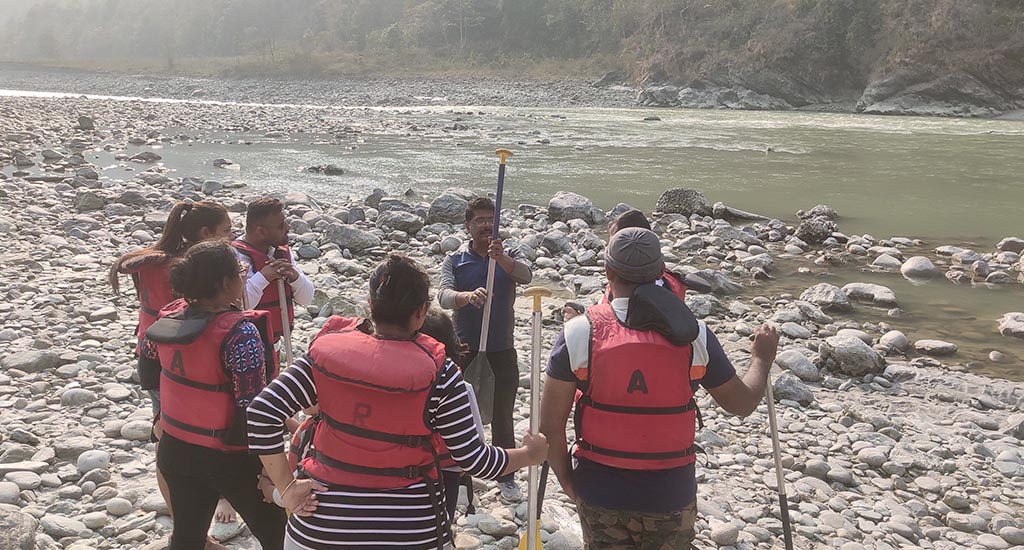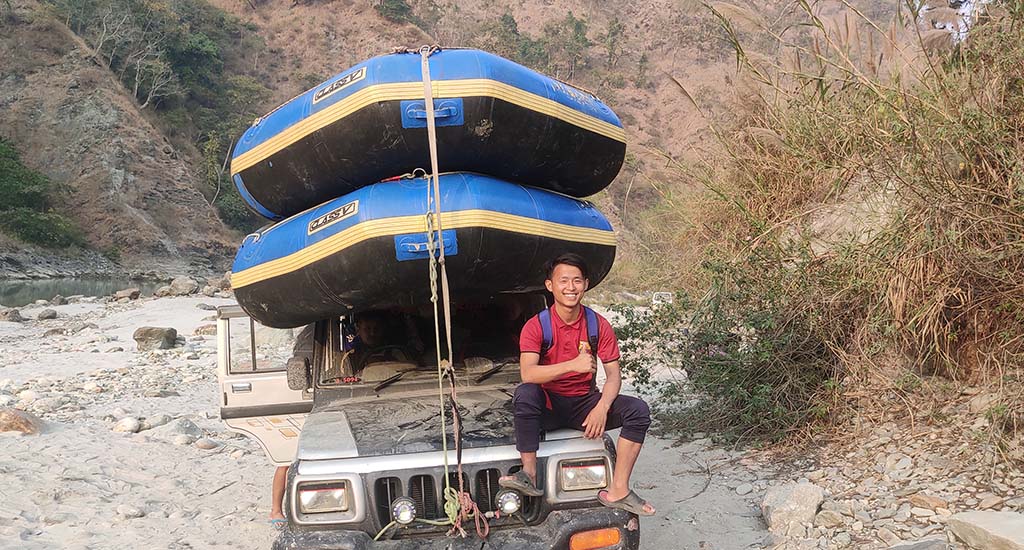
And with fury flows the Teesta
The River Teesta bears the brunt of ill-planned development with dams and tunnels in the disaster-prone area, leading to many rafting and car accidents.

The River Teesta bears the brunt of ill-planned development with dams and tunnels in the disaster-prone area, leading to many rafting and car accidents.
With a river as your backyard, you are sure to be drawn to the waters. Swimming, fishing and rafting are enjoyed by many in Kalimpong.
But in recent years, playing in the River Teesta – never mind just living near it – has become risky.
The mountain river – one of the lifelines of Bengal – is seeing a growing number of accidents as ill-planned development takes its toll.
A tributary of the Brahmaputra River, Teesta originates in Sikkim and flows through West Bengal. Given its flow and topography the Teesta has become a favourite white-water rafting destination.
But the construction of new dams along the river is making rafting a riskier proposition.
“There are two operational dams over Teesta in West Bengal and two in Sikkim. Two more are under construction,” said Himanshu Thakkar, coordinator of South Asia Network on Dams, Rivers and People (SANDRP), an organisation working on water-related issues.
The construction of the hydropower dams, meant for generating power for West Bengal and Sikkim, disturbed the natural flow of water.
According to Thakkar, the silt-free water released downstream causes severe erosion, leading to a fast change in river dynamics.
Growing up on the banks of the Teesta in Mangchu Forest village, Shanti Rai’s passion for the river led her to become a rafting and rescue expert over two decades ago.
Rai is saddened that the river is not what it was two decades ago.
Either there is too much water or too little.
Worse, one never knows when a dam will open up and unleash waves of water.
“We’re not informed about the release of water from the dams and sometimes the huge gush of water raises the water level in the downstream side, making it difficult for rafting boats to move to a safe location,” she said.
Government officials could not be reached for comments regarding the release of water without notice.
“We take the tourists through a different route as soon as we realise that water level is rising. But it’s not always easy. A slight mistake can prove fatal for tourists,” she added.
She recalled an event where a man would have died if he had been in the water for just three or four more seconds before she rescued him.
Even during the construction of this dam, Rai and her team had to rescue 212 stranded workers over six hours when the connecting Bailey Bridge collapsed.
And yet, come winter, there is hardly any water in the river.

A 30-minute trip then takes around 90 minutes as rafters have to get off and push the raft since there is not enough water.
But dams are not the only infrastructure projects causing problems.
The river also takes several lives every year due to the steep turns and narrow roads in the highway, coupled with the callousness of the drivers, leading to accidents.
Vehicles going from Siliguri in West Bengal to Sikkim use a 55 km long highway that runs parallel to the River Teesta. Six km of this stretch, between 29th Mile and Chitre in the Kalimpong district, have many accidents.
With the lack of shoulder space and drivers trying to overtake in the narrow space, sometimes vehicles overshoot the guard rails.
It is no wonder that nearly every three months there is a case of one or two vehicles falling 35 feet into the river.
In the last two decades Rai has been able to rescue only four people in such incidents.
But she has pulled out 50 bodies.
“It requires a lot of luck to come out of the Teesta alive after falling accidentally into it. The river has strong currents and has a lot of depth that it’s just a matter of seconds,” said Rai.

“The massive human intervention and the thrust of development have been ruining the ecology of the hills, raising the risk of disasters,” she added.
Mother Nature plays a role too as the mountainous area is naturally prone to earthquakes and landslides. But, the ill-planned development has made natural disasters even deadlier.
“The Darjeeling Sikkim region falls under seismic zone 4 and hence is prone to earthquakes. The entire region is landslide prone and their numbers have increased due to the construction of dams,” said Thakkar.
More dams are proposed over the river in both states.
“This would spell disaster,” Thakkar added.
The central government is constructing a 45 km long railway line through 14 tunnels and 17 bridges over the Teesta to link Sikkim with the rest of the country.
And locals fear that blasting the mountains to make tunnels will increase the danger of landslides.
The sad irony is that while the infrastructure works lead to accidents, there is no infrastructure to rescue people involved in those accidents.

“The lack of proper infrastructure required for the rescue work makes our work more difficult as we need a well-equipped system with technology to locate trapped vehicles,” said Rai.
She suggests being equipped with drones and GPS systems.
“It is also necessary to have 24×7 rescue team manning the river as often vehicles go missing in the dead of the night and we don’t get any information,” she said.
Sujata Chhetri, who is being trained in rafting by Rai, believes the traffic has increased over the years, adding to the problem.
“And even a minor landslide due to rampant constructions can lead to loss of lives. We have to find a balance between lives and livelihood and not play excessively with nature,” she said.
The image at the top of this page shows rafting in the River Teesta, which can suddenly rise when water is discharged from dams (Photo courtesy Shanti Rai)
Gurvinder Singh is a journalist based in Kolkata